Lisova Pisnia (The Forest Song)
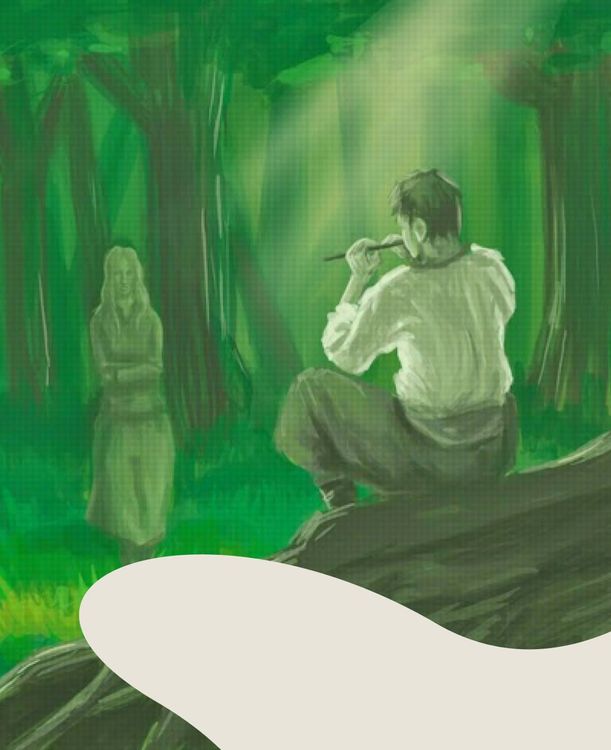
The magnum opus of the outstanding Ukrainian writer Lesia Ukrainka. One of the landmark works of Ukrainian modernism.
1911
Fonts:
Palitura (Semi bold)
Designer:
“No! I am alive, I will live forever, I have in my heart that which does not die!”
This line from “The Forest Song” proved prophetic in many ways. The féerie drama (fairy play), written by Lesia Ukrainka in 1911, has long become a classic, but by now, it is actively interpreted. The work appeared at the turn of literary and historical eras, marking the development of Ukrainian modernism.
Lesia Ukrainka, or Larysa Petrivna Kosach, is a canonical figure of Ukrainian literature. This female writer is studied at schools and her name is familiar to every Ukrainian, with streets and theaters named in her honor. Fair enough, since both her life and literary works were dedicated to Ukraine.
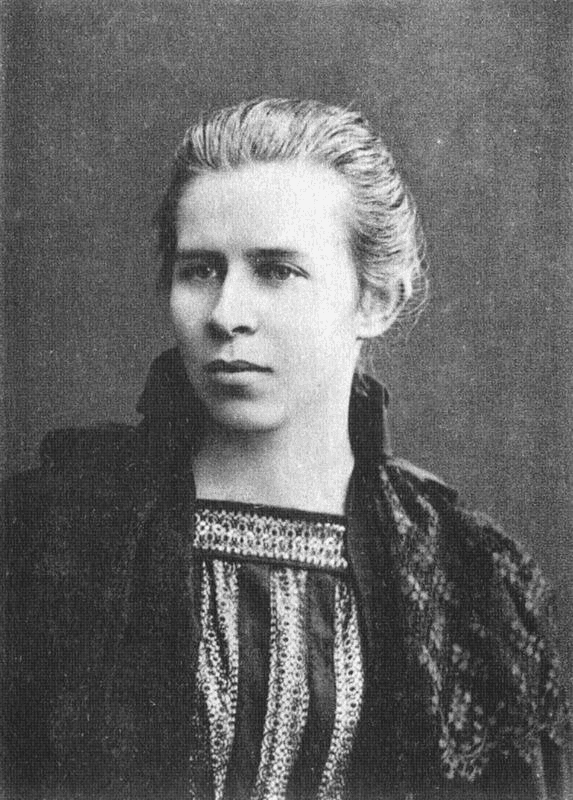
The future author was born into a noble Kosach family and her noble origin largely determined her work. Lesia’s mother, Olena Pchilka, was also a writer, and her uncle, Mykhailo Drahomanov, was a scholar and a public figure.
Lesia Ukrainka started out as a poet. She wrote her first poem “Hope” at the age of nine affected by her aunt’s exile to Siberia. “I have neither duty nor will, There is only one hope left: The hope to return to Ukraine once again, To take another look at my native land...” the girl wrote.
Despite her fruitful work and success, Lesia felt that poetry was too restricting for her and moved on to drama. “In the Catacombs,” “Cassandra,” “The Fireplace Master,” “Boiarynia” — the dramatic legacy of Lesia Ukrainka is inarguably significant.
Her first drama “The Blue Rose” marked the writer’s entry into the world of modernism. In it, she broke the boundaries of tradition, departing from the idea of portraying only people in literature. This was a step towards the trends in European culture at that time.
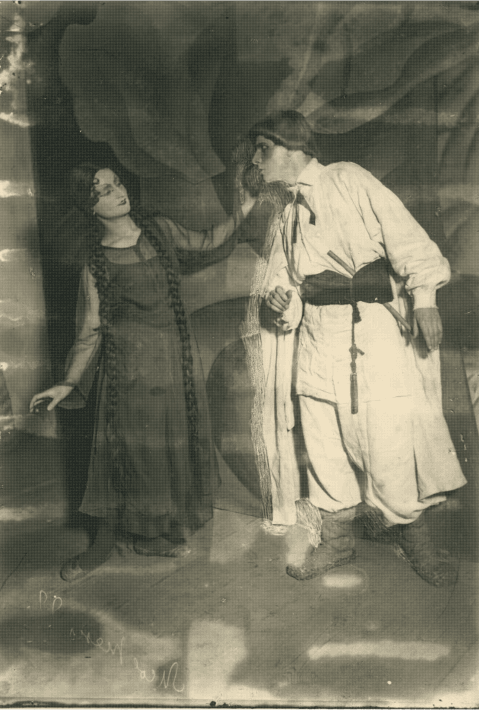
“The Forest Song” was Lesia Ukrainka’s most outstanding drama. The work may seem like a story about the unhappy love of a forest fairy and a village boy, though only at first glance. This neoromantic féerie drama is in fact saturated with historiosophy and has a dense image system, as well as elaborate symbolism.
Lesia Ukrainka meant to address the modernist worldview and the artists’ search for their own voice, even more so, the female voice, which the main character Mavka personifies.
That is probably the most important thing to understand about the literary pursuits of Lesia Ukrainka, who was one of the first and most powerful Ukrainian modernists. A woman who has entered the literary canon is rarely seen in European literature. She was a feminist and a writer who refuted the inferiority of Ukrainian culture.
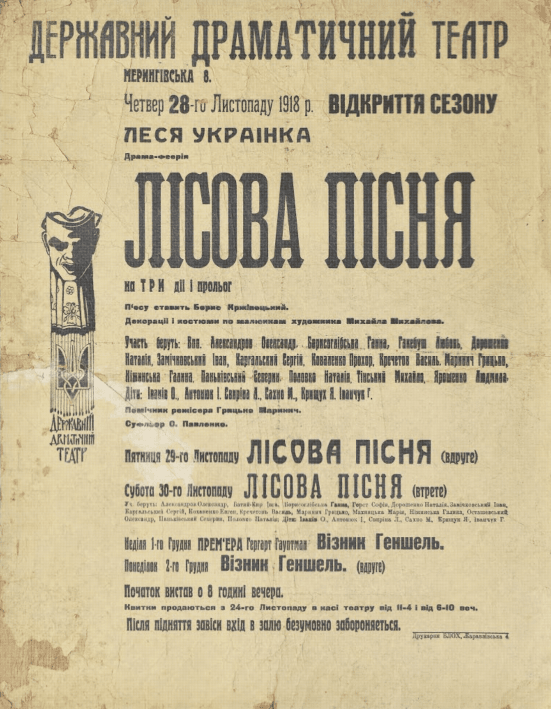
For Ukrainians, “The Forest Song” has a deeper meaning than just a piece from the school curriculum. This is their voice in the world of literature and, despite the millstones of history, a sign of stoicism and dignity of the Ukrainian people.
It is the Ukrainians’ faith that they will live for they have in their hearts that which does not die.
Fonts:
Palitura (Semi bold)
Details:
Lisova Pisnia (The Forest Song)
Designer:
About font:
Next letter and event

Lisova Pisnia (The Forest Song)
this project
in social
“Shchedryk” (The Little Swallow)


“Nasha armiia, nashi khranyteli” (“Our Army, Our Guardians”)
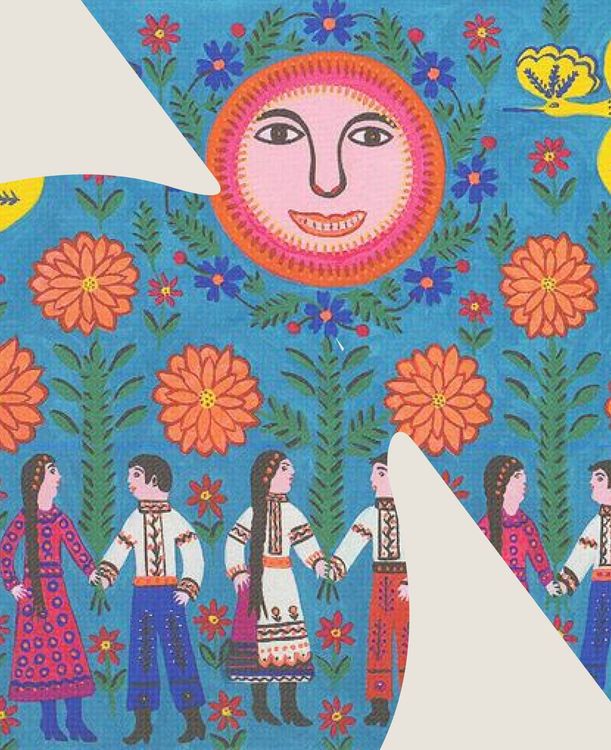
Peresopnytske Yevanheliie (The Peresopnytsia Gospel)


The Trident of Volodymyr the Great

Yuzivka


Falz-Fein and his “Askania Nova”

“Yak umru to pokhovaite...” (When I am dead, bury me...)


Shliakh iz variah u hreky (Route from the Varangians to the Greeks)


Aeneid by Ivan Kotliarevsky
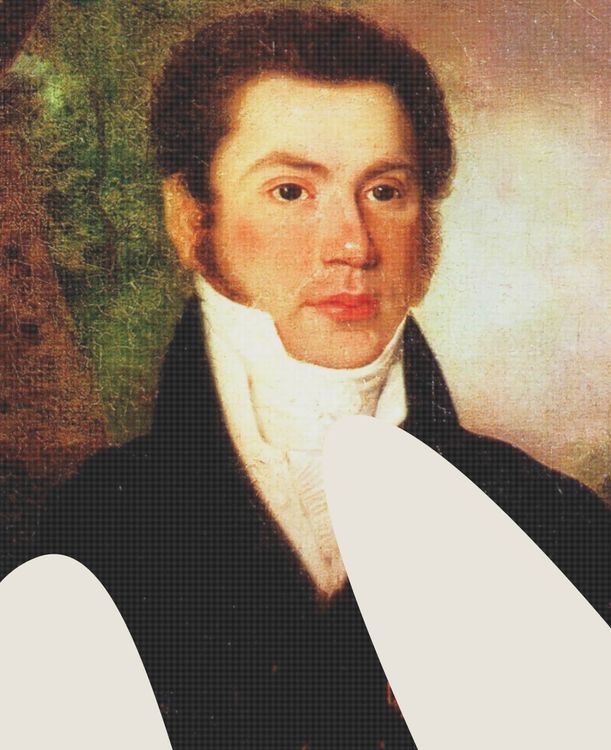
Volia — collective concept, most often translated as Freedom

Zaporizka Sich (The Zaporizhian Host)

Antonov AN-225 Mriya ("The Dream")

Ivan Franko


Ukrainski sichovi striltsi (The Ukrainian Sich Riflemen, or the USS)

Budynok “Slovo” (The Slovo Building, or "The Word")

Creative & Tech Online Institute
Медіа про дизайн, креатив і тех індустрії

Ukrainski sichovi striltsi (The Ukrainian Sich Riflemen, or the USS)

Yizhak protytankovyi (Czech hedgehog)

Lisova Pisnia (The Forest Song)


The Trident of Volodymyr the Great

Budynok “Slovo” (The Slovo Building, or "The Word")

Holodomor


Falz-Fein and his “Askania Nova”


Danylo Halytskyi

“Shchedryk” (The Little Swallow)

“Yoi, nai bude!” (Ah, let it be!)

Peresopnytske Yevanheliie (The Peresopnytsia Gospel)

Antonov AN-225 Mriya ("The Dream")


Danylo Halytskyi

Khreshchenia Rusi (Christianization of Kyivan Rus’)

Chornobyl Disaster

